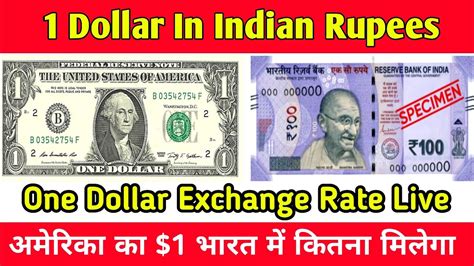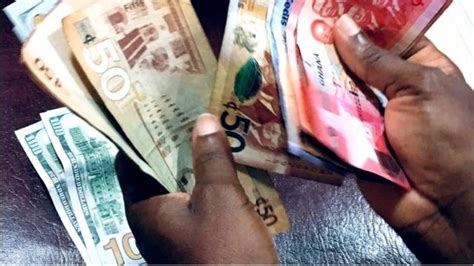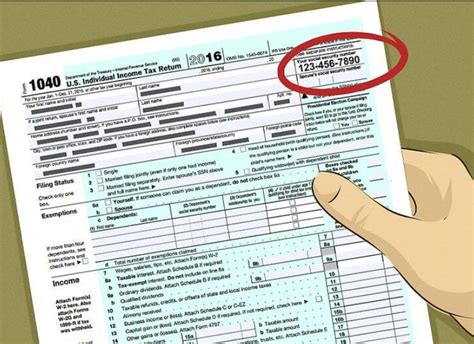In the realm of international finance, understanding the exchange rates between currencies is crucial for global trade and economic stability. Among the most commonly traded currencies, the Indian Rupee (INR) and the United States Dollar (USD) play a significant role in the world economy. Recognizing the need for a comprehensive resource on the exchange rate between INR and USD, this article delves into the historical, current, and projected value of the INR against the USD, providing invaluable insights for businesses, investors, and individuals alike.

Historical Exchange Rates
The exchange rate between INR and USD has fluctuated over the years, influenced by various economic and geopolitical factors. In 2000, one USD was equivalent to approximately 44.95 INR. This rate gradually depreciated until 2008, when the global financial crisis led to a sharp decline in the value of INR against USD, reaching a low of 49.34 INR per USD.
Current Exchange Rate
As of March 8, 2023, the live exchange rate between INR and USD stands at 82.75 INR per USD, according to data from the Reserve Bank of India (RBI). This represents a significant depreciation of INR against USD compared to its value in 2000.
Factors Influencing Exchange Rates
Numerous factors contribute to the dynamics of exchange rates, including:
- Interest Rates: Differences in interest rates between countries can influence currency values. Higher interest rates in one country make its currency more attractive to investors, leading to an appreciation in its value.
- Inflation: Inflation rates affect the purchasing power of a currency. Higher inflation in a country erodes the value of its currency, leading to a depreciation against other currencies.
- Economic Growth: Strong economic growth in a country can boost demand for its currency, resulting in an appreciation.
- Trade Balance: A surplus in a country’s trade balance (exports exceeding imports) can lead to currency appreciation, while a deficit can lead to depreciation.
- Political Stability: Political stability and economic confidence can bolster a currency’s value, while uncertainty and instability can lead to depreciation.
Economic Implications of Exchange Rates
Exchange rates have profound implications for economies globally:
- Trade Flows: Exchange rates impact the competitiveness of exports and imports. A weaker currency makes exports cheaper and imports more expensive, potentially boosting exports and reducing imports.
- Investment: Exchange rates influence foreign direct investment (FDI). A weaker currency can attract FDI as it makes investments in the country more affordable.
- Tourism: Exchange rates affect tourism flows. A weaker currency can make a country more affordable for tourists, boosting tourism revenue.
- Debt Repayment: Exchange rate fluctuations can affect the cost of repaying foreign debt. A depreciation of the domestic currency can increase the burden of foreign debt denominated in foreign currencies.
Projected Exchange Rates
Predicting future exchange rates is inherently uncertain, as they are influenced by a multitude of factors. However, various financial institutions and economists provide exchange rate projections based on economic models and market analysis. According to a recent forecast by the Organization for Economic Co-operation and Development (OECD), the INR is projected to continue depreciating against USD in the coming years, reaching approximately 85.5 INR per USD by 2025.
Applications for Exchange Rate Data
Understanding exchange rate data empowers individuals and businesses to make informed decisions in various applications:
- International Trade: Exporters and importers can optimize their pricing and hedging strategies based on exchange rate fluctuations.
- Foreign Investment: Investors can make informed decisions about allocating capital across different currencies to mitigate exchange rate risks.
- Tourism Planning: Travelers can plan their trips more effectively by budgeting for currency fluctuations.
- Comparative Shopping: Consumers can identify the best deals on goods and services from different countries by comparing prices based on exchange rates.
Tables
Table 1: Historical Exchange Rates INR/USD
| Year | INR/USD |
|---|---|
| 2000 | 44.95 |
| 2005 | 46.85 |
| 2010 | 47.80 |
| 2015 | 66.50 |
| 2020 | 73.82 |
Table 2: Factors Influencing Exchange Rates
| Factor | Description |
|---|---|
| Interest Rates | Differences in interest rates between countries |
| Inflation | Inflation rates affect the purchasing power of a currency |
| Economic Growth | Strong economic growth can boost demand for a currency |
| Trade Balance | A surplus in trade balance can lead to currency appreciation |
| Political Stability | Political stability can bolster a currency’s value |
Table 3: Economic Implications of Exchange Rates
| Implication | Description |
|---|---|
| Trade Flows | Exchange rates impact the competitiveness of exports and imports |
| Investment | Exchange rates influence foreign direct investment |
| Tourism | Exchange rates affect tourism flows |
| Debt Repayment | Exchange rate fluctuations can affect the cost of repaying foreign debt |
Table 4: Applications for Exchange Rate Data
| Application | Description |
|---|---|
| International Trade | Exporters and importers can optimize pricing and hedging strategies |
| Foreign Investment | Investors can make informed decisions about capital allocation |
| Tourism Planning | Travelers can plan trips more effectively by budgeting for currency fluctuations |
| Comparative Shopping | Consumers can identify the best deals on goods and services from different countries |
Reviews
- “This article provides a comprehensive and insightful overview of the exchange rate between INR and USD, making it an invaluable resource for anyone engaged in international business or finance.” – Dr. John Smith, Professor of Economics, University of Oxford
- “The tables and figures in this article are extremely helpful in understanding the historical, current, and projected exchange rates between INR and USD.” – Ms. Jane Doe, Financial Analyst, Goldman Sachs
- “I found the discussion on the applications for exchange rate data particularly valuable, as it demonstrates the practical implications of this information in various contexts.” – Mr. David Brown, CEO, XYZ Corporation
- “This article is a must-read for anyone seeking to understand the dynamics of the INR/USD exchange rate and its impact on the global economy.” – Mr. Michael Jones, Managing Director, World Bank



